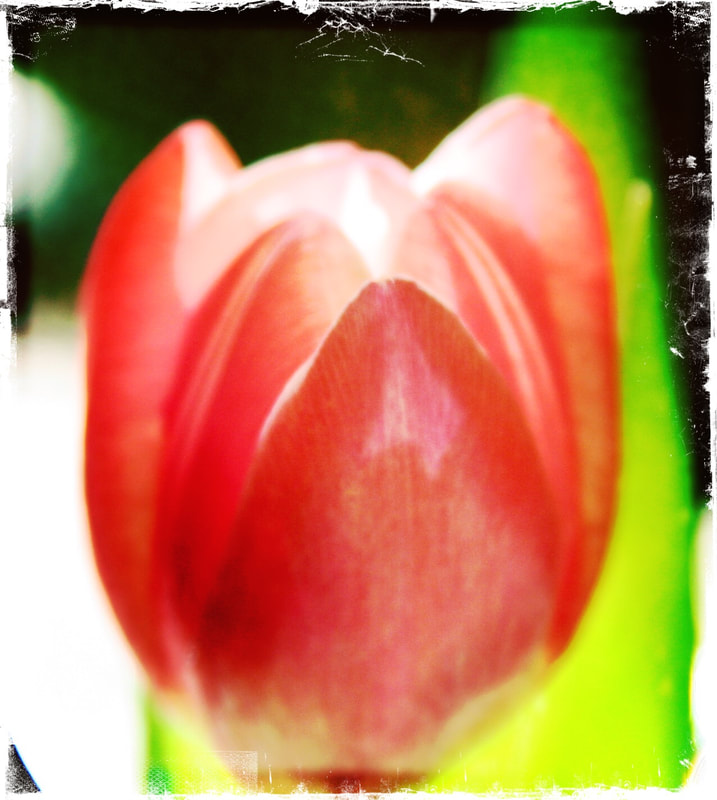ASSAY: A JOURNAL OF NONFICTION STUDIES
5.1
5.1
|
|
Philip Graham is the author of seven books of fiction and nonfiction, including the story collections The Art of the Knock and Interior Design, and the novel How to Read an Unwritten Language. He is also the co-author, with his wife, anthropologist Alma Gottlieb, of two volumes of a memoir of Africa, Parallel Worlds (winner of the Victor Turner Prize) and Braided Worlds. His travel memoir, The Moon, Come to Earth, is an expanded collection of his McSweeney’s dispatches from Lisbon. Graham’s work has appeared in The New Yorker, Washington Post Magazine, Brevity, North American Review, The Millions, and elsewhere. He was a co-founder and is the current Editor-at-Large for the literary/arts journal Ninth Letter. A Professor Emeritus of Creative Writing at the University of Illinois, Urbana-Champaign, he now lives in Rhode Island. Graham’s blog posts on the craft of writing can be found at www.philipgraham.net.
|

